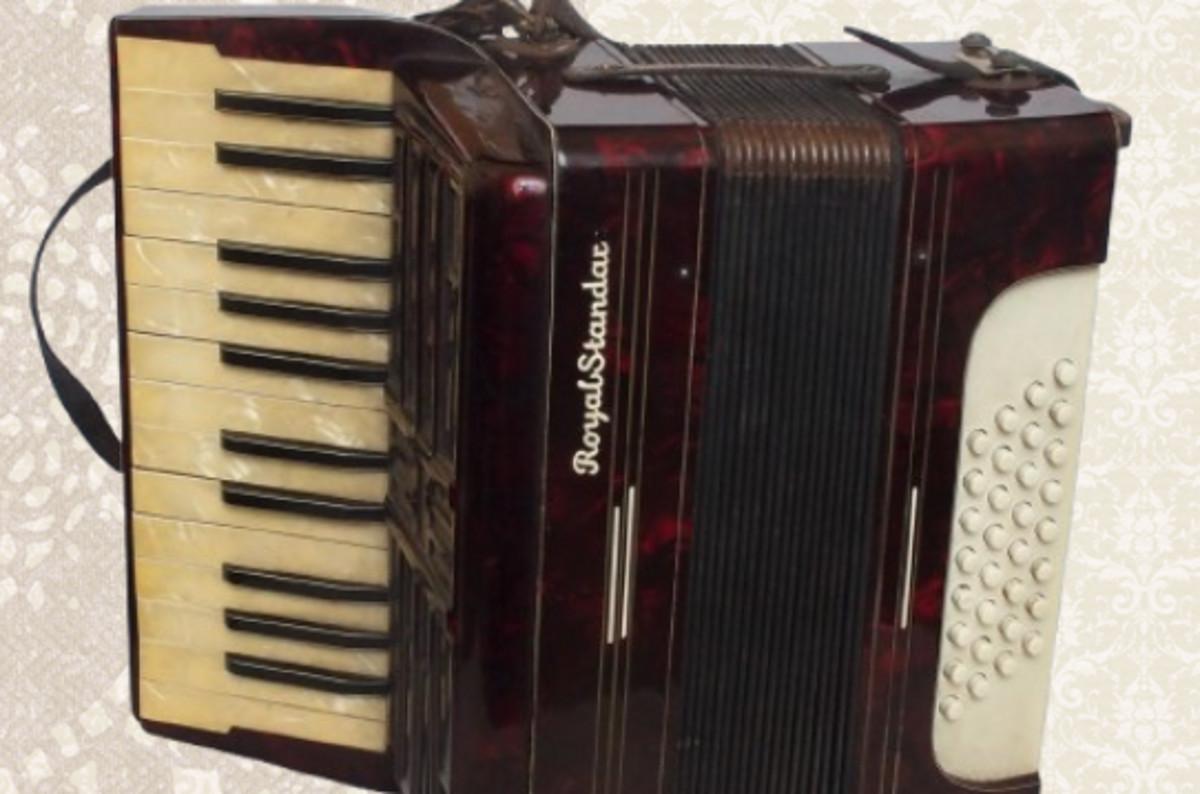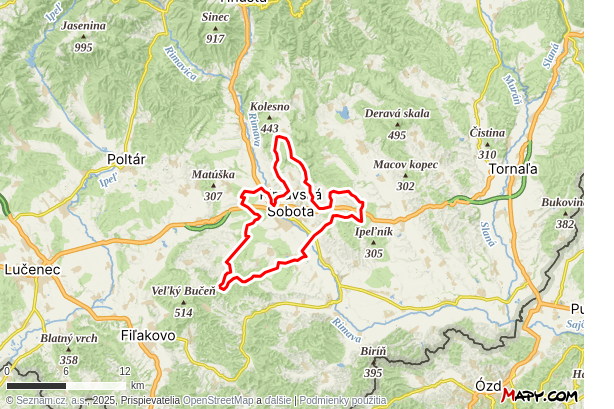A Royal Standart accordion with an unusual history is on display at the Gemersko-Malohontské Múzeum museum in Rimavská Sobota, southern Slovakia. Based on inscriptions on its back, the instrument probably belonged to several unknown soldiers who followed the Eastern Front is it moved from Russia across Ukraine and to Slovakia.
Its final owner decided to exchange the instrument for a bicycle. That is how it ended in the family of a miller in Vrbovce nad Rimavou, a part of the village of Veľké Teriakovce near Rimavská Sobota.
According to ethnographer Ľudmila Pulišová, 20 names of places were engraved on its back.
"The first is Rostov, dated 1943. This is the city of Rostov-on-Don, which was occupied by the German army until its liberation in February 1943. After its liberation by the Red Army, the German soldier, with his musical instrument, retreated to the south of Ukraine," she said, adding that there are other locations, including Mariupol, Berdyansk, Kherson, Nikolayev, Kerch, Yalta, Sevastopol and Odessa.
"From there, [the soldier] probably continued to the territory of Slovakia."
However, there are several names that are no longer legible. Since most of the names are written in Latin and in several types of fonts, this could indicate that it changed its owner several times.
When the Red Army made advances in ealy 1945, the last owner spotted a bicycle leaning against the wall of a mill in Vrbovce. He decided to take it and offered the local miller, Ján Martinčok, an accordion in return. The miller initially hesitated, but eventually agreed to the exchange.
The instrument was donated to the museum in 2021 by the miller's daughter Soňa Kmeťová.



 The WWII accordion in the Gemer-Malohont Museum dates back to WWII. (source: GMM)
The WWII accordion in the Gemer-Malohont Museum dates back to WWII. (source: GMM)
 The back of the accordion. (source: GMM)
The back of the accordion. (source: GMM)
